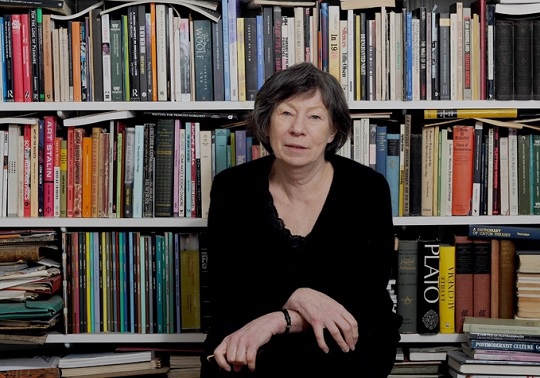Feminist Film Theory
Feminist film theory is a lens through which film can be viewed through, deriving from feminist theory that arose during the second-wave feminist movement that emerged during the 1970s in the United States. The theory is a critical framework rooted in analysing how women are represented throughout film, examining the oppression women face by a dogmatically patriarchal society.
The Bechdel Test
The Bechdel Test is a means of evaluating the representation of women in films. Popularised by American cartoonist Alison Bechdel, it is frequently employed as a benchmark for evaluating the representation of women in films. A film passes the test if it meets the following criteria:
- It has at least two named female characters (1)
- Who have a conversation with each other (2)
- About something other than a man (3)

The “Male Gaze”
The “male gaze” is a subsidiary facet linked closely to feminist film theory created by British feminist film theorist Laura Mulvey. In her essay “Visual Pleasure and Narrative Cinema” published in 1975, Mulvey argues that mainstream Hollywood films are constructed from a male POV, with the camera merely serving as an extension of how a stereotypical male views the world.
According to Mulvey, women in films are typically objectified in order to satisfy the male desire, with purposeful camera placement accentuating this. In effect, the “male gaze” that permeates throughout all of cinema reinforces patriarchal values, emphasising the notion that women exist solely for male pleasure.

You must be logged in to post a comment.